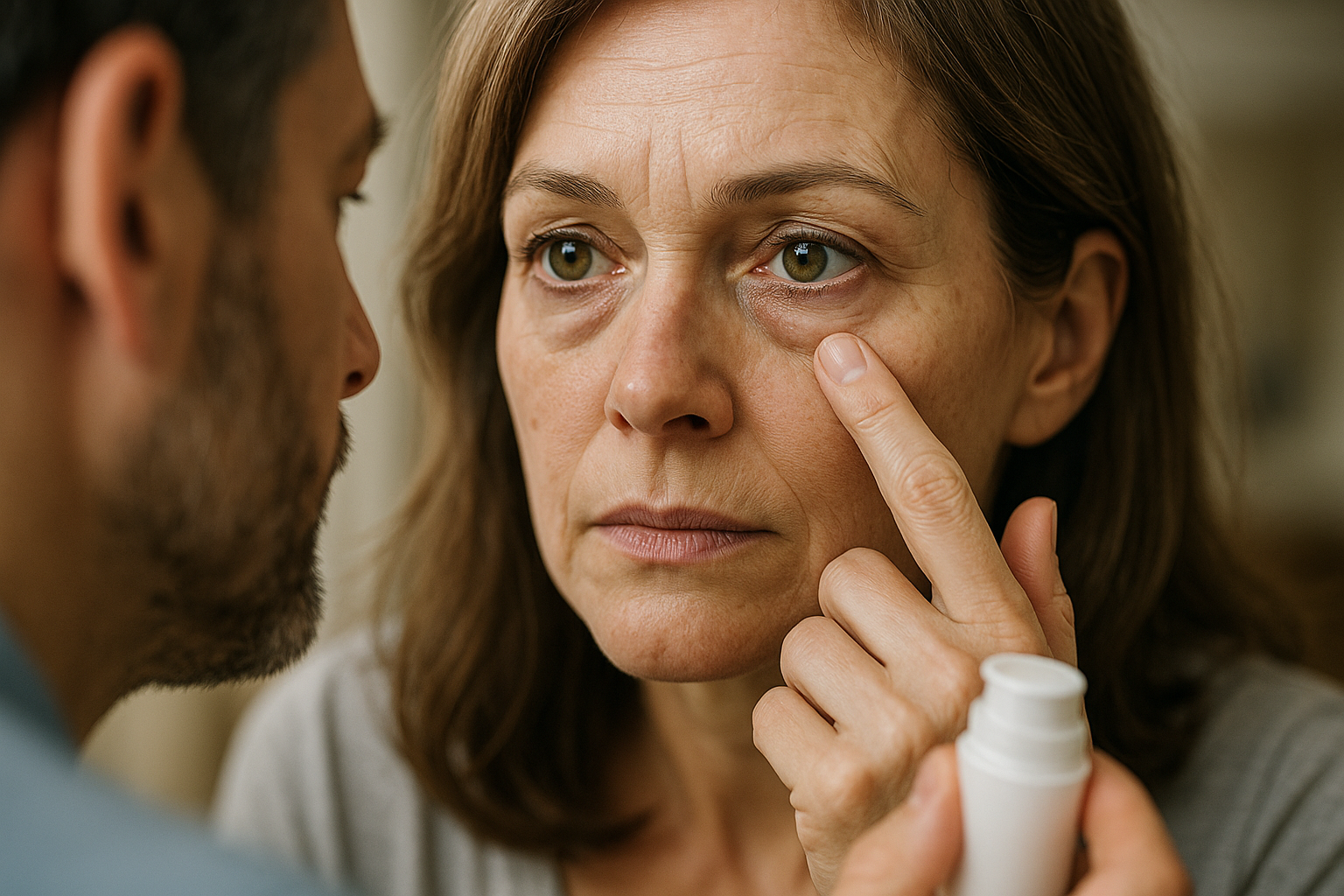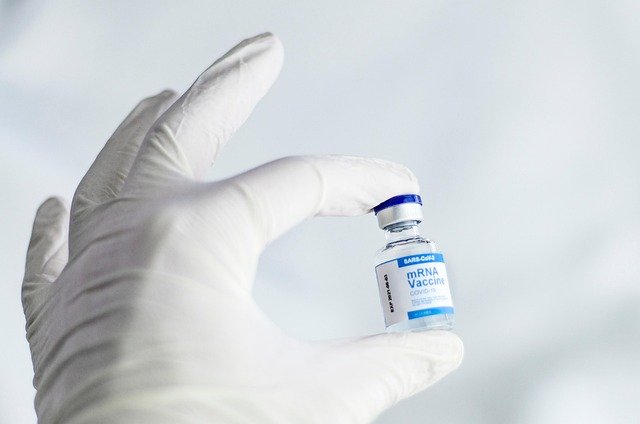Understanding Genital Psoriasis: Symptoms, Diagnosis, and Treatment Options
Genital psoriasis is a challenging and often misunderstood condition, affecting the sensitive skin of the genital region with painful and itchy patches. This comprehensive guide aims to enlighten individuals about managing genital psoriasis through effective treatments, lifestyle adjustments, and professional care. By exploring the symptoms, diagnosis, topical therapies, and relief strategies, readers can gain a deeper understanding of how to navigate this sensitive condition. This guide emphasizes the importance of early recognition, tailored treatment plans, and emotional support to improve quality of life and manage symptoms effectively. Understanding the nuances of genital psoriasis is crucial for those affected and their loved ones.

Genital psoriasis represents a particularly challenging manifestation of psoriasis that requires specialized understanding and treatment approaches. Unlike psoriasis on other body areas, genital involvement often presents with different characteristics and requires modified treatment strategies due to the sensitive nature of the affected skin.
What Is Genital Psoriasis
Genital psoriasis is a chronic inflammatory skin condition that affects the genital area, including the vulva, penis, scrotum, and surrounding skin folds. This condition differs significantly from typical plaque psoriasis found elsewhere on the body. The genital skin is naturally thinner and more sensitive, which means psoriasis lesions in this area typically appear as smooth, red patches rather than the thick, scaly plaques commonly associated with psoriasis on elbows or knees. The condition can affect people of all ages and genders, though it may present differently depending on anatomical differences.
Recognizing Symptoms and Getting Diagnosed
Identifying genital psoriasis can be challenging because symptoms often mimic other conditions such as yeast infections, sexually transmitted infections, or contact dermatitis. Common symptoms include persistent redness, smooth shiny patches, burning or stinging sensations, and itching that doesn’t respond to typical antifungal treatments. Unlike other forms of psoriasis, scaling is usually minimal or absent due to the moist environment of the genital area. Diagnosis typically requires examination by a dermatologist or healthcare provider experienced in psoriasis, as visual inspection combined with medical history usually provides sufficient information for diagnosis. In some cases, a skin biopsy may be necessary to confirm the diagnosis and rule out other conditions.
First-Line Topical Treatments
Topical treatments form the cornerstone of genital psoriasis management, though standard psoriasis medications often require modification for genital use. Low-potency topical corticosteroids are typically the first choice, as high-potency steroids can cause skin thinning and other complications in sensitive genital tissue. Calcineurin inhibitors, such as tacrolimus and pimecrolimus, offer effective alternatives without the risk of skin atrophy associated with long-term steroid use. These medications work by suppressing local immune responses that contribute to psoriasis inflammation. Topical vitamin D analogs may also be prescribed, though they require careful application due to potential irritation in sensitive areas.
Advanced Treatment Options
When topical treatments prove insufficient, several advanced options become available for managing genital psoriasis. Phototherapy, particularly narrowband UV-B treatment, can be effective though requires specialized equipment and careful application to avoid burns in sensitive areas. Systemic treatments, including oral medications like methotrexate, cyclosporine, or newer biologic drugs, may be considered for severe cases or when genital psoriasis occurs alongside extensive psoriasis elsewhere on the body. These treatments require regular monitoring by healthcare providers due to potential side effects and interactions with other medications.
| Treatment Category | Medication Examples | Estimated Monthly Cost |
|---|---|---|
| Low-potency Topical Steroids | Hydrocortisone 1%, Desonide | $15-$40 |
| Calcineurin Inhibitors | Tacrolimus, Pimecrolimus | $200-$400 |
| Vitamin D Analogs | Calcipotriene | $100-$250 |
| Systemic Treatments | Methotrexate, Biologics | $300-$5000+ |
Prices, rates, or cost estimates mentioned in this article are based on the latest available information but may change over time. Independent research is advised before making financial decisions.
Professional Medical Management
Effective management of genital psoriasis requires ongoing professional medical supervision due to the complexity of treatment in this sensitive area. Dermatologists specializing in psoriasis can provide comprehensive treatment plans that address both the physical symptoms and psychological impact of the condition. Regular follow-up appointments allow for treatment adjustments based on response and help prevent complications such as secondary infections or medication-related side effects. Healthcare providers can also address the significant impact genital psoriasis often has on intimate relationships and sexual health, providing counseling resources when appropriate.
Managing genital psoriasis successfully requires patience, proper medical guidance, and often a combination of treatment approaches. While this condition can significantly impact quality of life, appropriate treatment can provide substantial relief and help individuals maintain normal intimate relationships. Working closely with experienced healthcare providers ensures access to the most current treatment options and ongoing support throughout the management process.
This article is for informational purposes only and should not be considered medical advice. Please consult a qualified healthcare professional for personalized guidance and treatment.




